Knowledge is the key to making good decisions about the future. Clear presentation of complex scientific content serves as a basis for an enlightened society and a source of the information we need. So formulating questions about issues that affect our lives and communicating scientific findings in ways non-experts can understand are among the great challenges of our time. But it’s not about providing information in a one-sided way—instead, science should connect with society by allowing broad participation in tackling the important issues. We should build a bridge between knowledge production and knowledge transfer, between formal science and comprehensible communication. But who can solve a difficult problem like that, and above all, how?
Cooperating with the Vienna Museum of Natural History and INSEQ Design, the Ars Electronica Futurelab has met this challenge: Deck 50, a new platform for Citizen Science at the NHM, is designed to facilitate networking and intensive exchange between society and the research sector. On September 30, the innovative, flexible and adaptable attraction will open in the Museum, which is steeped in tradition and located on Vienna’s famous Ring. It invites everyday experts of all ages, educational levels and backgrounds to join in, experience science up close and personal, and become researchers instead of passive consumers. Using the principles of Citizen Science, the museum awakens the researcher’s instinct in the general public: Contributions from interested visitors fill the digital system with data and opinions, everyday knowledge or even visual statements that can be evaluated and interpreted by scientists. A series of interactive research stations, transparent touch displays and virtual worlds support the scientific mediation process.
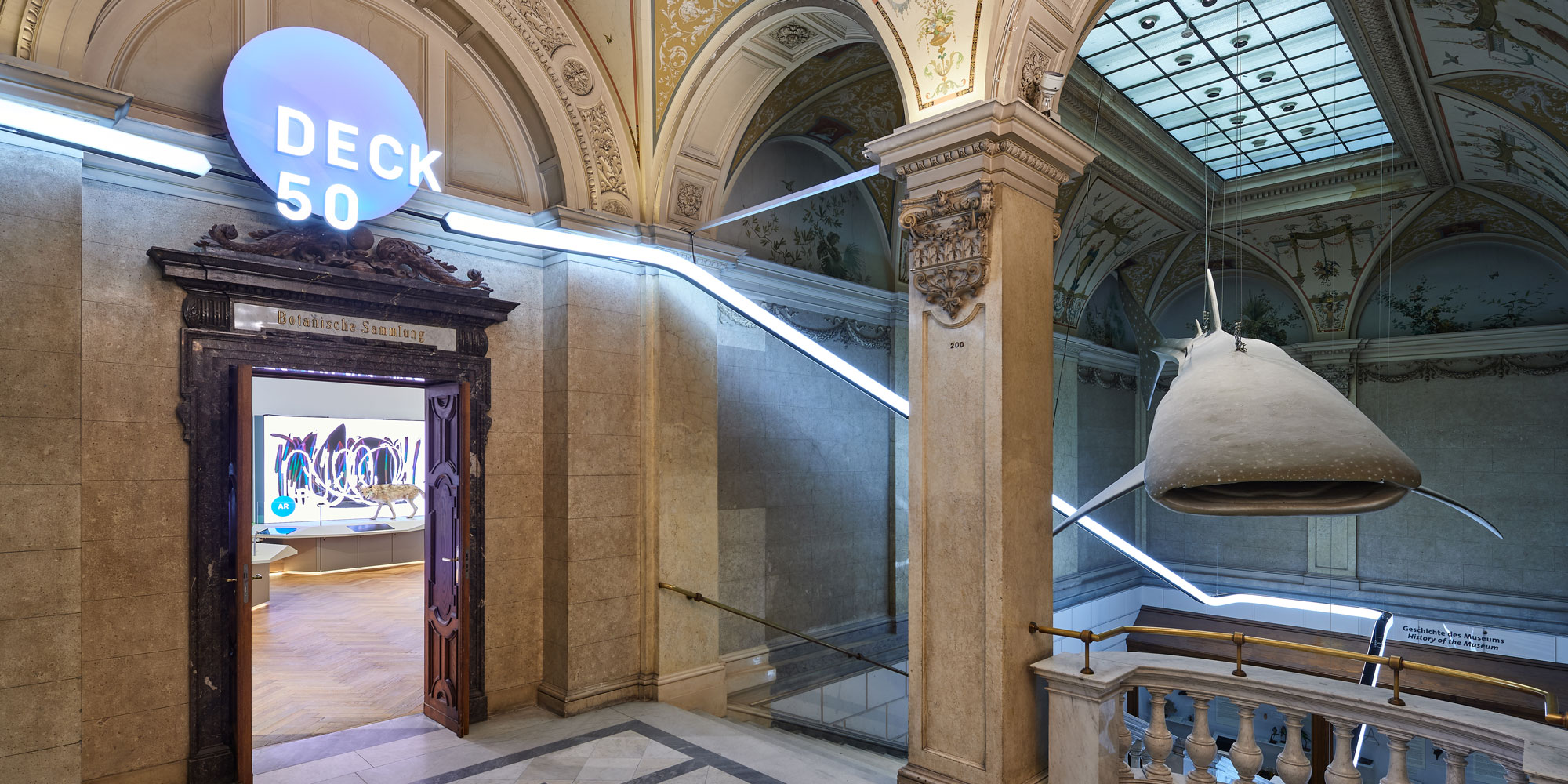
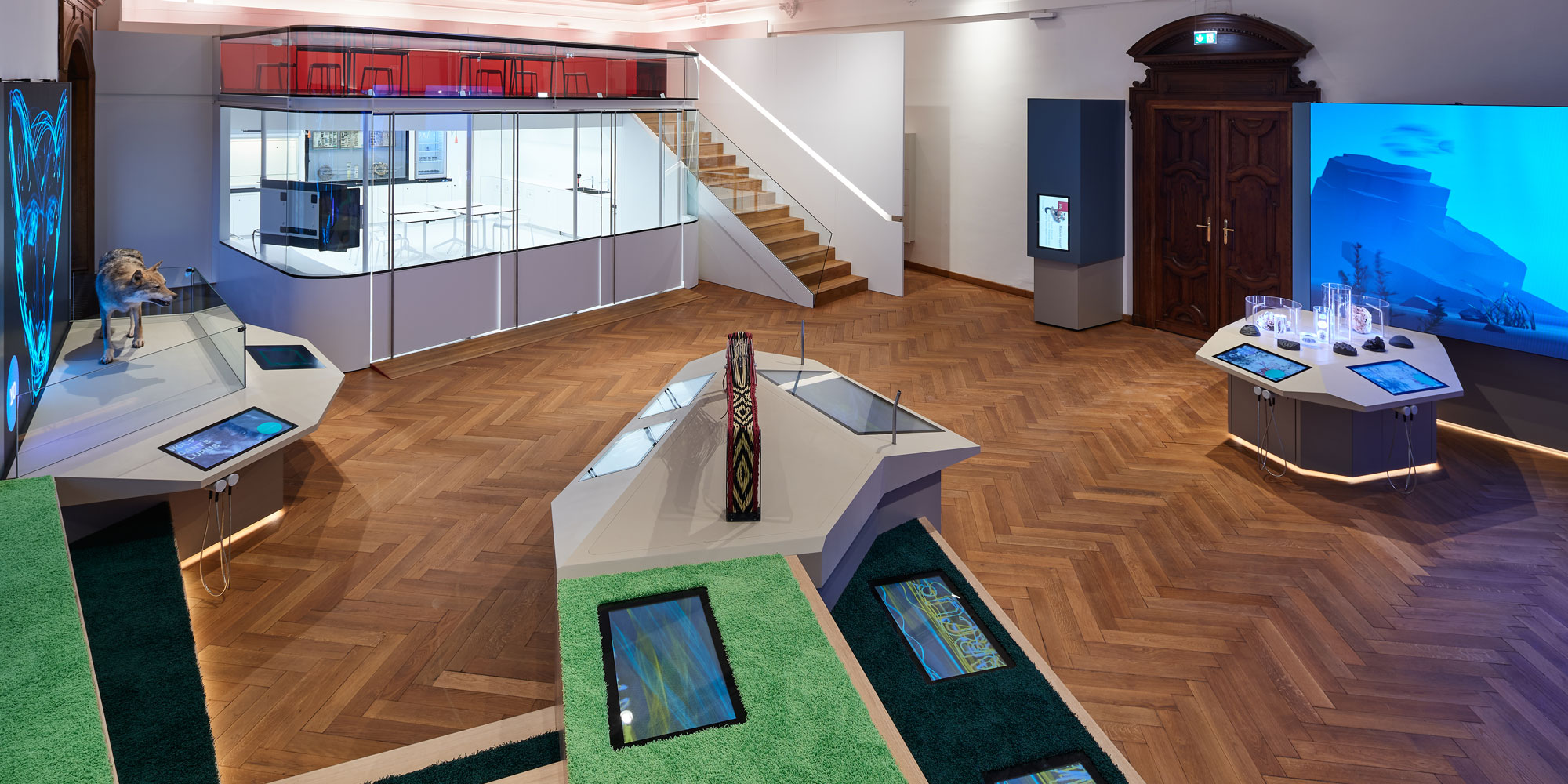
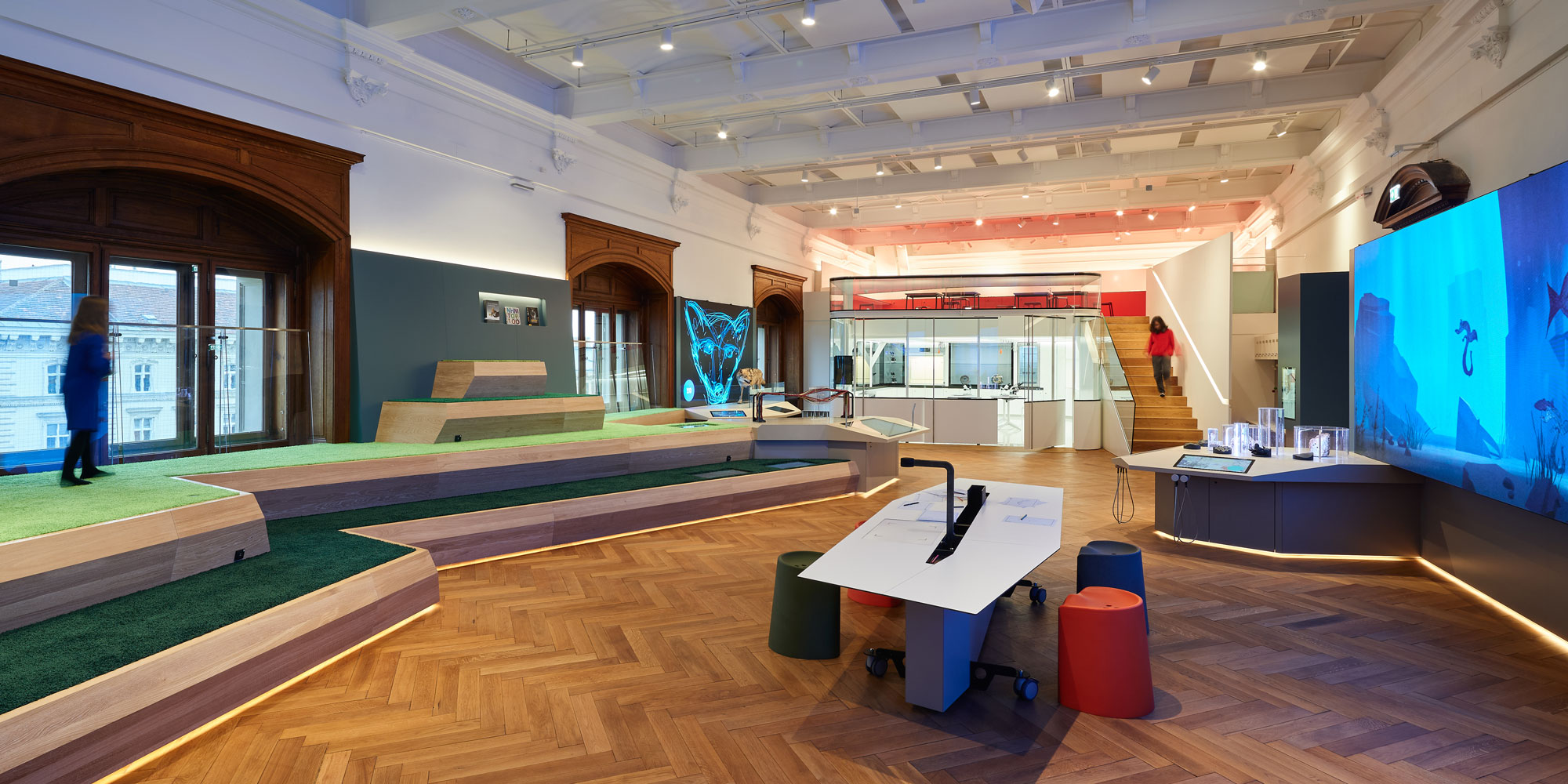
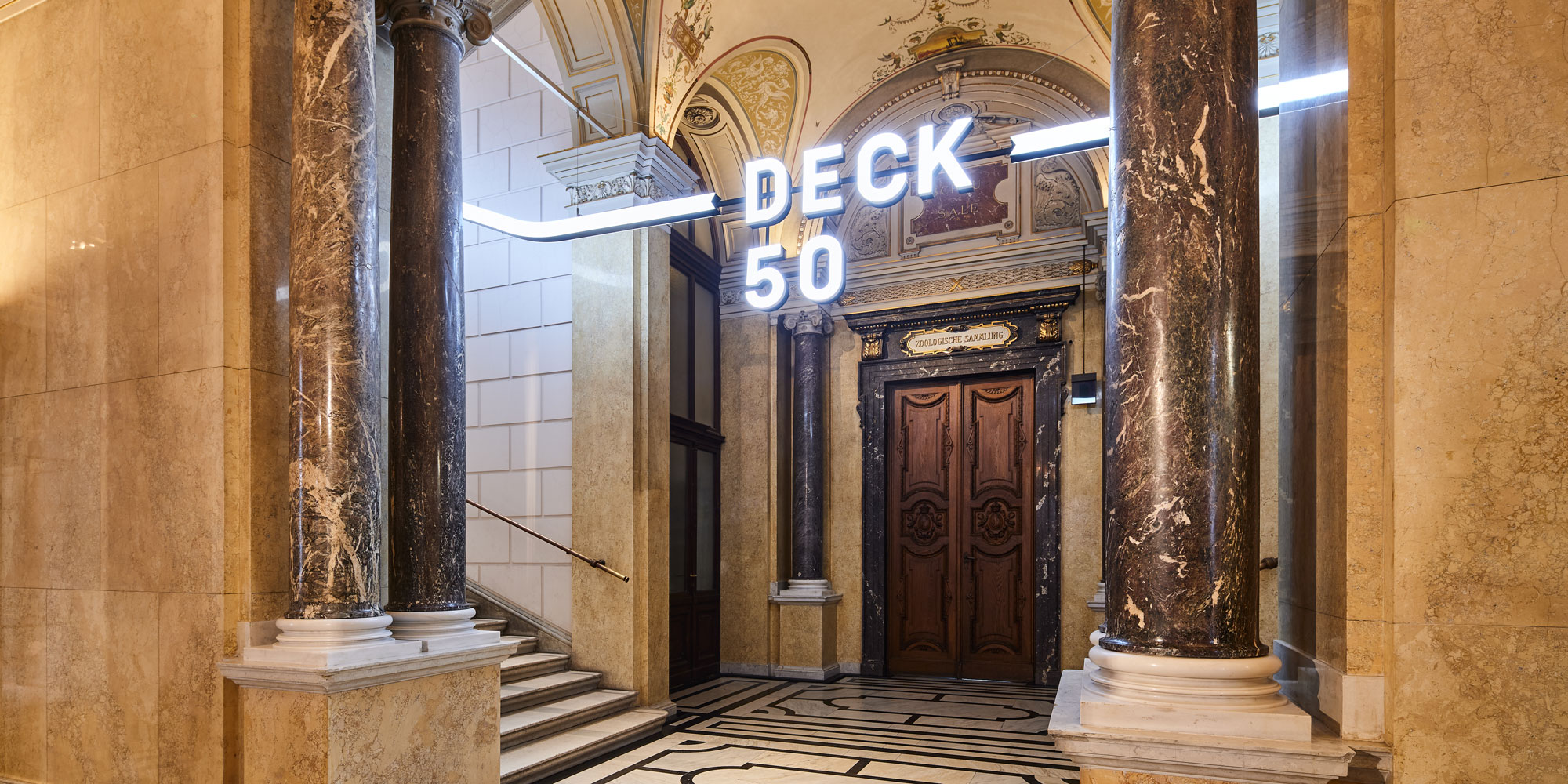

The questions the museum is currently addressing in Deck 50 are as topical as they are extensive: How does our consumer behavior affect marine life? What should we know about the rare earths and minerals in our cell phones? And what approach should we take to reintroducing wolves to our forests?
Researching, discovering and designing, the Citizen Scientists in Deck 50 leave behind clear traces and provide scientifically usable data. They not only offer new insights, they also form a close relationship with science. Enriched by an artistic approach that translates the complex content into comprehensible language, the museum opens up new sources of knowledge and information. Visitors regularly enter new information into the interactive mediation system and so do the scientific staff in the museum’s research departments.
The two-way transfer of knowledge takes very different approaches at different stations. Formats can be expanded and adapted depending on content and rapidly changing research priorities. The interactive platform is also a means for reflection for the museum staff because it allows them to engage with the ideas and opinions of visitors.
Marianne Eisl and Stefan Mittlböck-Jungwirth-Fohringer, project managers from the Ars Electronica Futurelab’s Deck 50 team, talk about the role of science in the information age, the importance of unconventional approaches to science communication, and Citizen Science at the Vienna Museum of Natural History:
What is the best way to present science to a broad public?
Science needs to step out of its ivory tower and seek a dialogue with society based on a common language to enable a two-way exchange between research and society. It’s only when researchers and people from all walks of life can interact in one place and resonate with each other that a common level of understanding can emerge.
Marianne Eisl: The goal of this dialogue is not one-sided transfer of knowledge, but expansion of everyone’s horizons. In the end, both sides will feel they really have come a step closer to a topic. With our Deck 50 mediation concept, we want to awaken interest and create an emotional connection to the content, which is often very complex, as an incentive to deal with the many difficult issues facing our society today. We want to build a bridge that enables an intensive encounter with science.
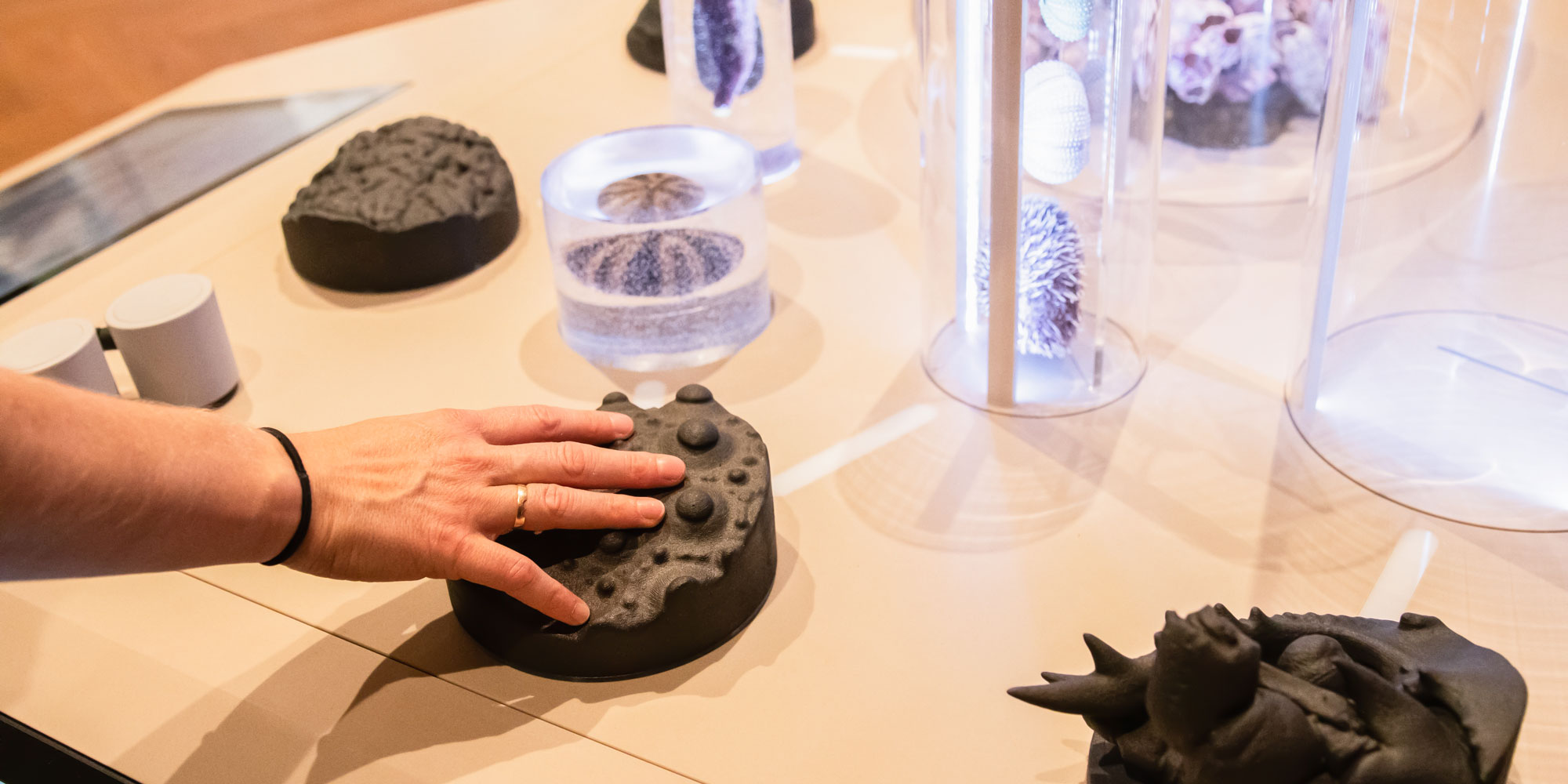

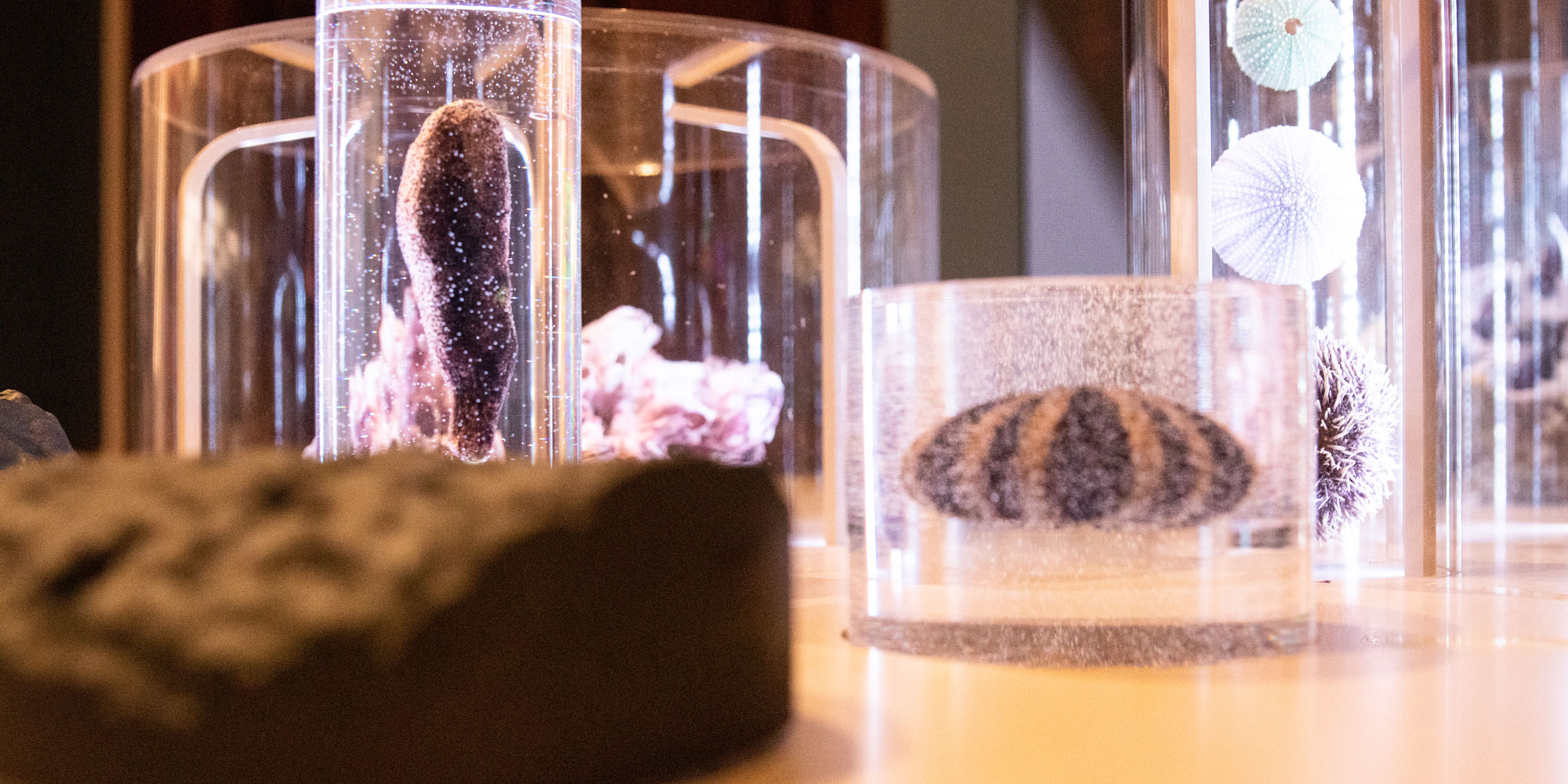


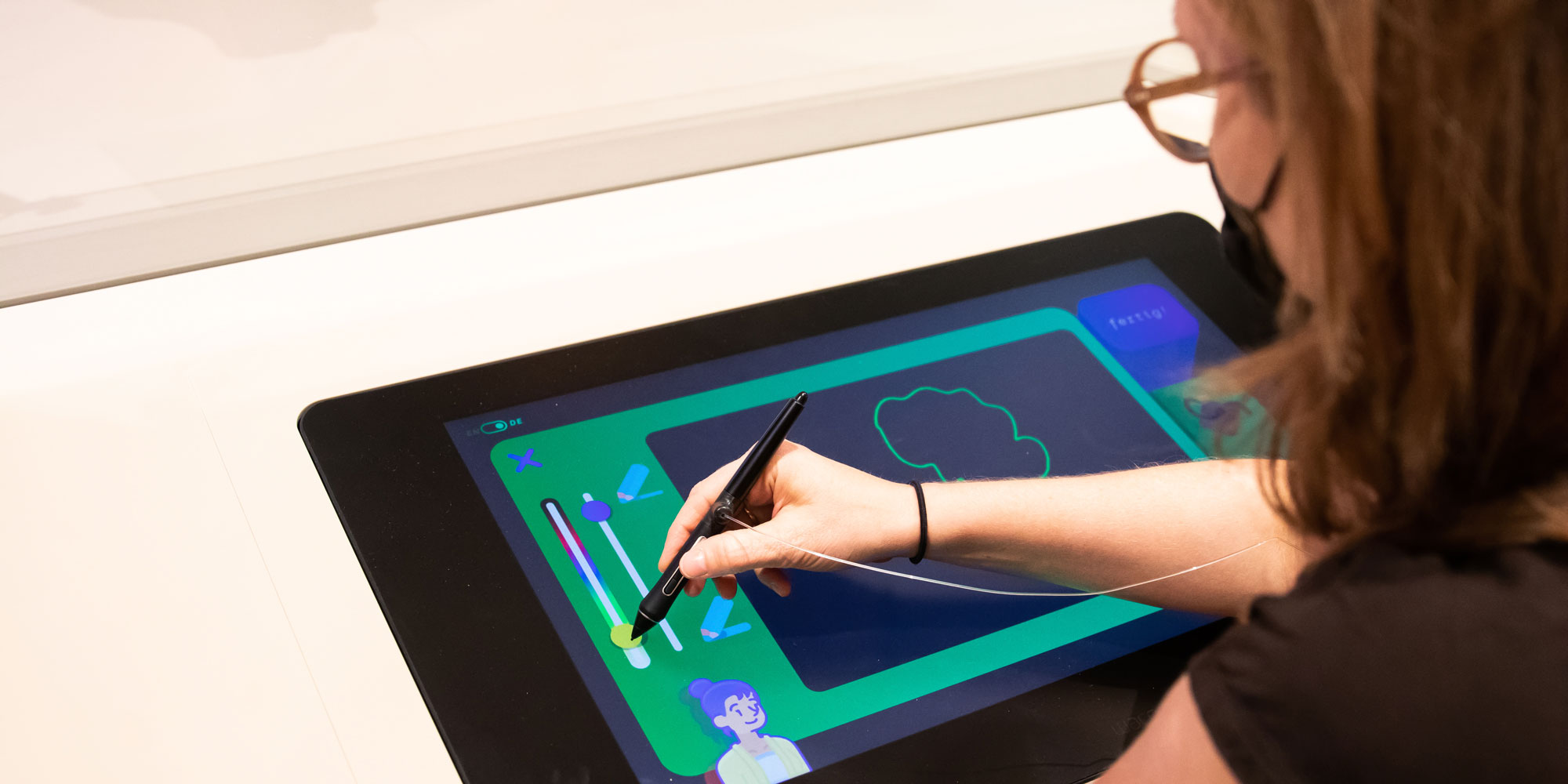

To transfer knowledge and experience we need a system of mediation based on interaction, identification and experiential gain. With the concept for the multimedia and multifunctional space Deck 50, which takes all these points into account, we’ve created a very versatile venue for science communication at the Natural History Museum, with a function that goes far beyond the transfer of information.
Stefan Mittlböck-Jungwirth-Fohringer: We’re not giving science a stage; we’re giving it a communication tool that allows it to manifest new findings, information and first-hand experience in society. With Deck 50, we’ve created a space for interaction: a place where people can meet to expand their knowledge through their own experience.
How can scientists benefit from this two-way dialogue?
Marianne Eisl: Problem-solving strategies within one’s own discipline are a widespread approach, not only in science. Time and again, however, it has become apparent how important it is to leave one’s own world in order to really get to the bottom of the complex problems of the present and future, to look at them from a different perspective and to gain new perspectives on them. Because in many respects, these give the content a new depth and diversity.
Stefan Mittlböck-Jungwirth-Fohringer: Art offers a good opportunity for this: its creative approach makes it possible to develop new ideas again and again, which supports the scientific process. Citizen Science concepts allow access from other disciplines: Society is allowed to participate in the scientific process. The greatest advantages for scientists are in areas where the practical knowledge of the population overlaps and combines with the systematized knowledge from research. The debates that take place at those interfaces contribute to a better understanding of what science is concerned with. At the same time, however, the exchange also leads to research questions and results that are more relevant for the general public.

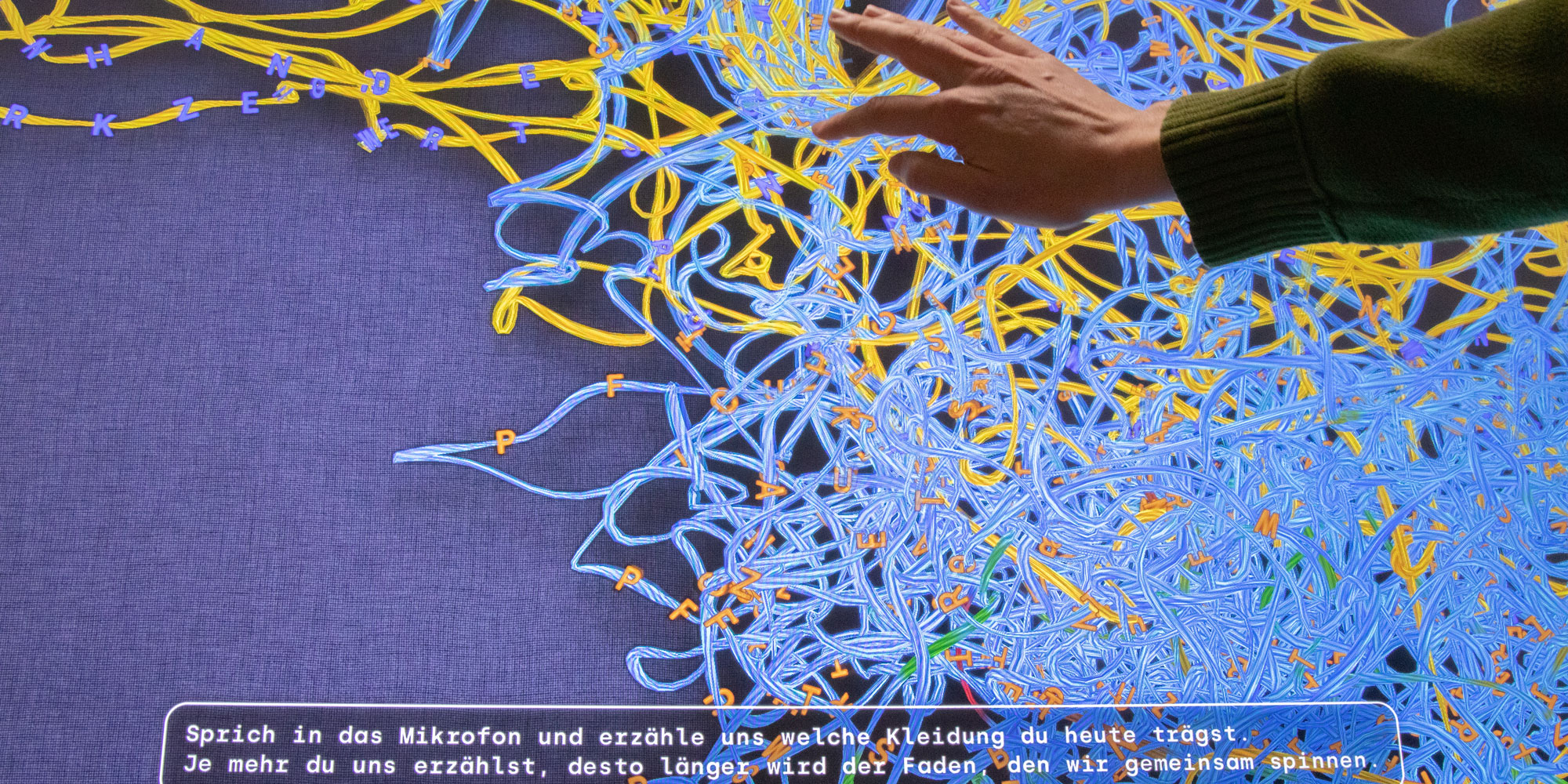
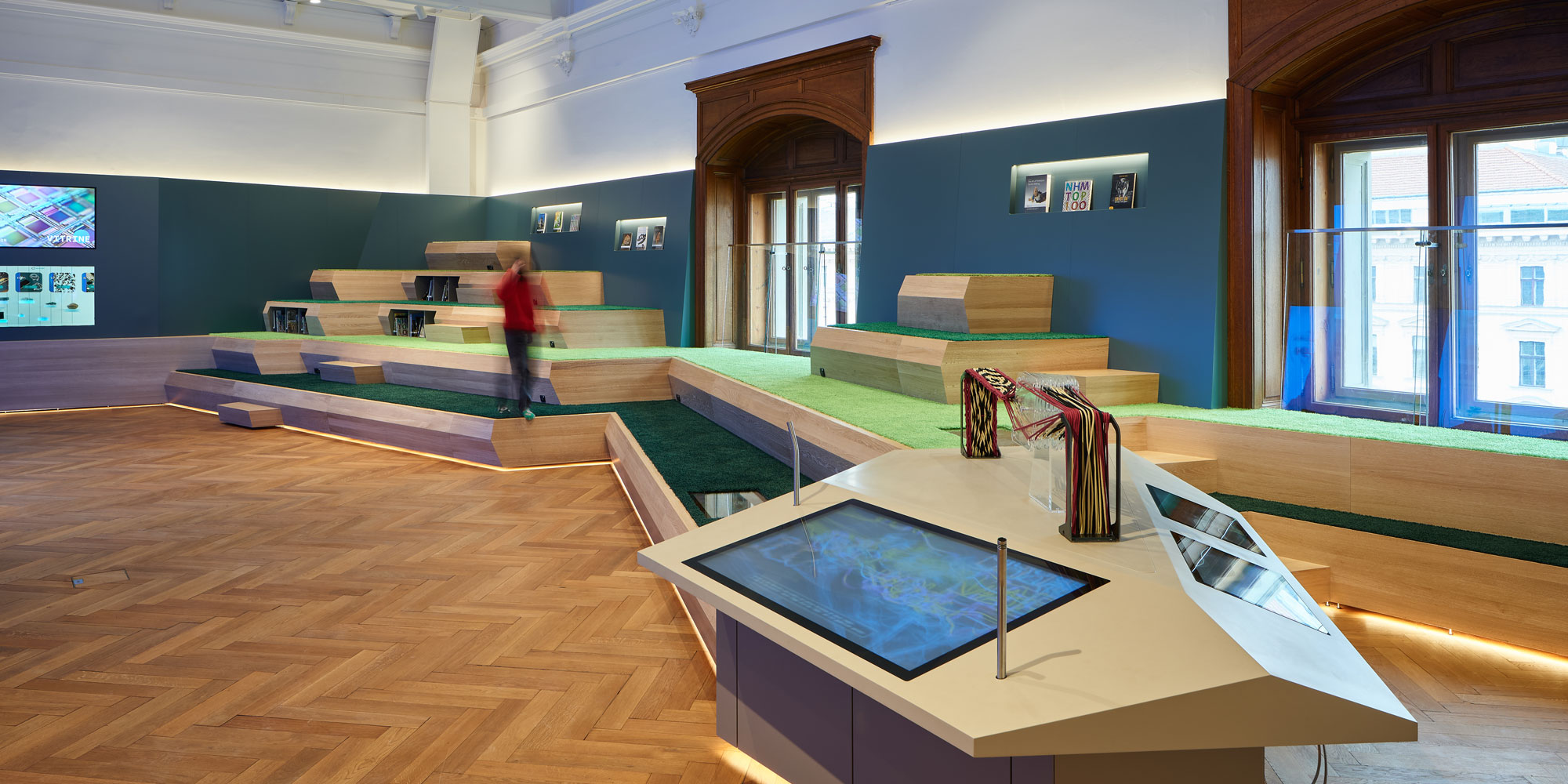

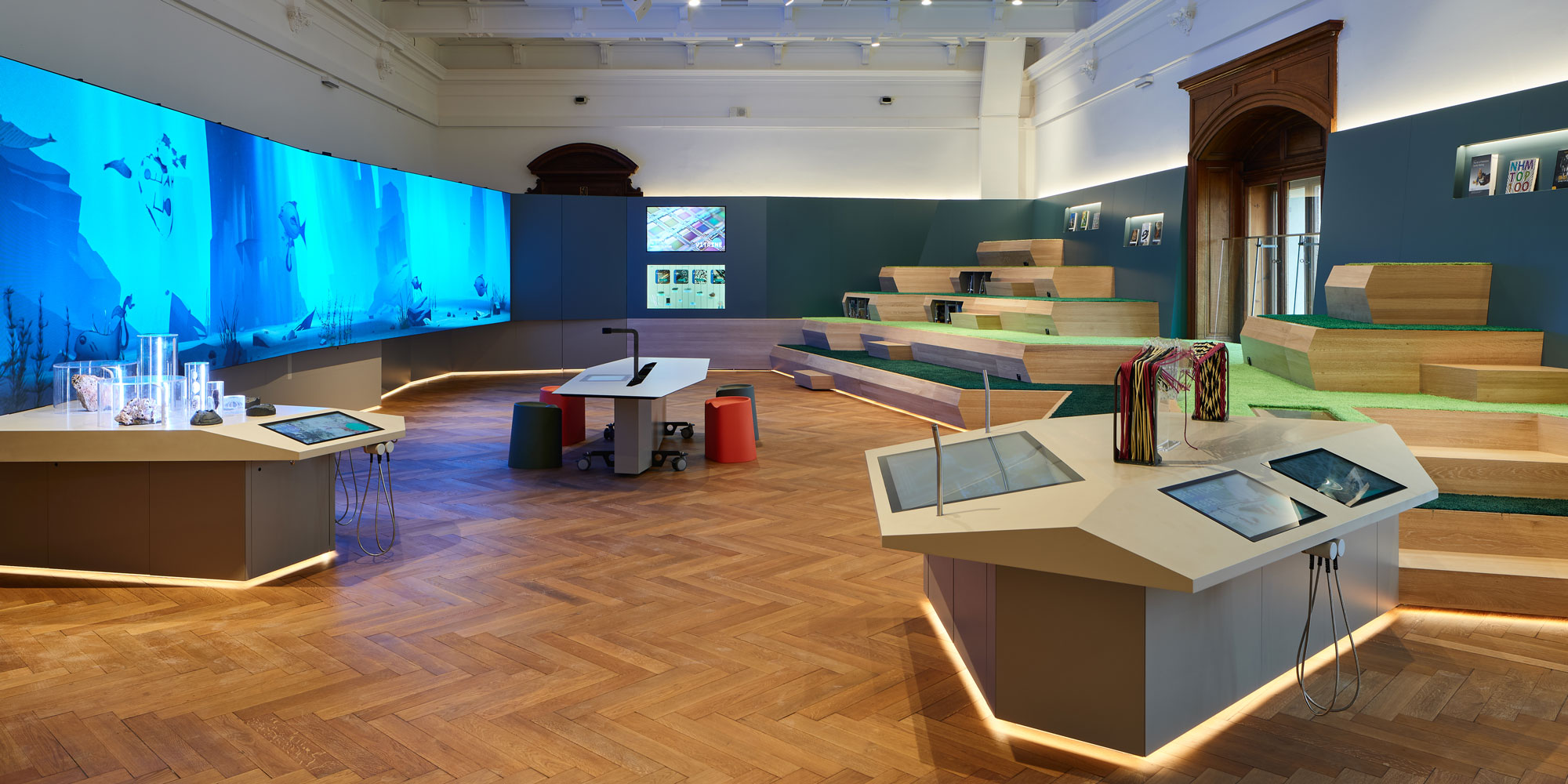
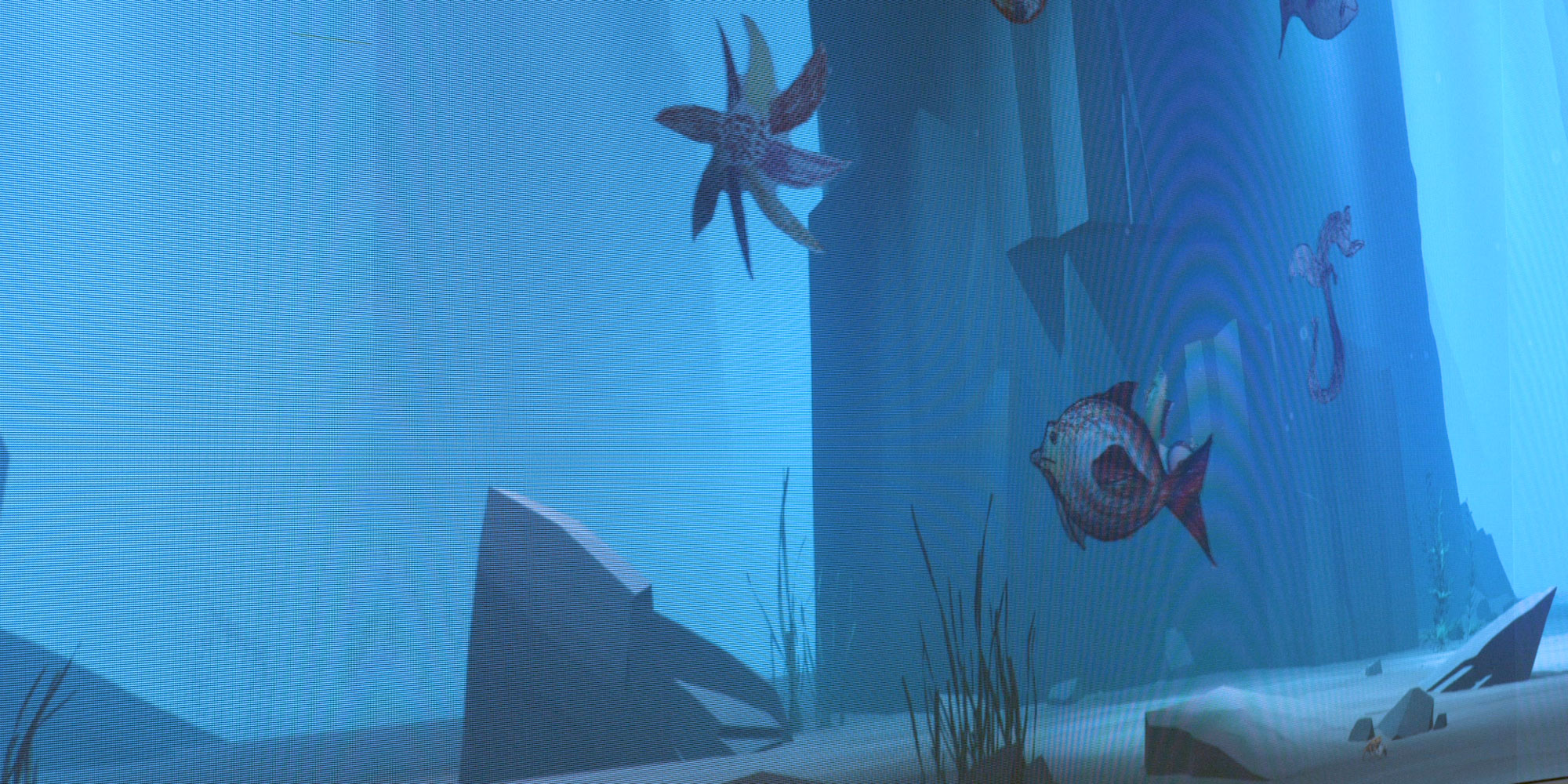

Learn more about the collaboration between the Vienna Museum of Natural History and the Ars Electronica Futurelab on Ars Electronica Home Delivery, as well as the museum’s mobile electric bike NHM on Tour on Ars Electronica blog, which has been interacting with the public since the fall of 2020 by asking “Does light also have a dark side for you?” Together we are addressing the rapidly increasing light pollution in Vienna.
Visit the Ars Electronica Futurelab website to be inspired by our projects and innovations at the boundary between art, technology and society.
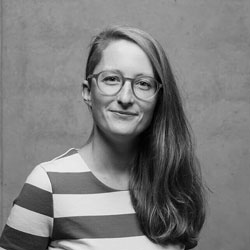
Since April 2015, Marianne Eisl has been a member of the Ars Electronica Futurelab, where she is developing interactive and participative artifacts as well as concepts for exhibitions and tangible installations. Thereby, she is focusing on the collaboration with people and the usage of joint expertise and knowledge. Her key research topic is Tangible Link.

Stefan Mittlböck-Jungwirth-Fohringer has been a member of the Ars Electronica Futurelab since 2001. He studied painting and graphic arts at the Linz University of Art and, as a trained electrician, brings with him technical and manual skills. His diploma thesis dealt with the question of the absence of time in moving images. As an artist, producer and key researcher, he is working on the topic of Poetic Systems which is the field of his artistic research in the context of art and architecture within the Ars Electronica Futurelab.
Translation: Laura Freeburn